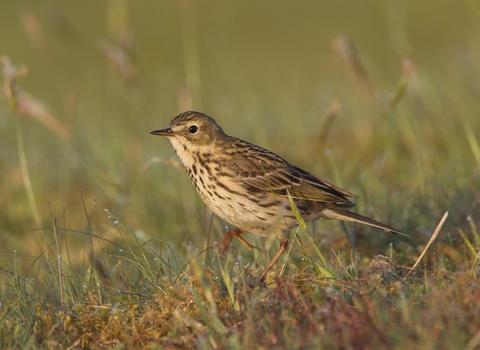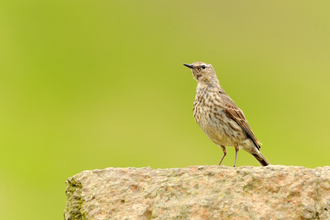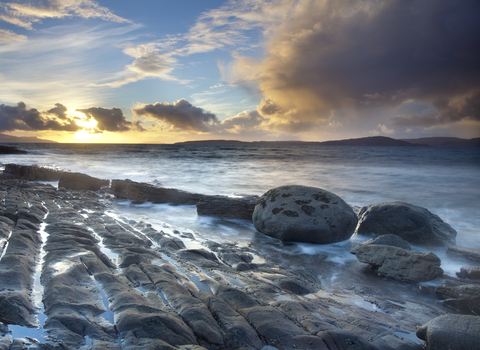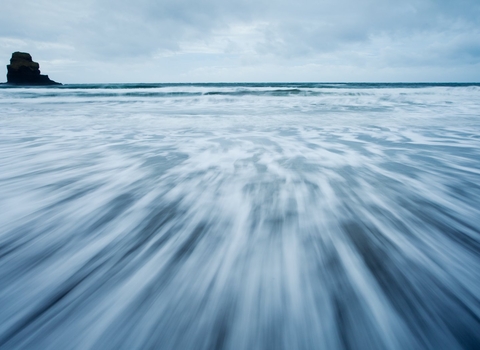
©Mark Hamblin/2020VISION
Meadow pipit
The meadow pipit favours moorland and grassland. It is an unfortunate victim of cuckolding behaviour - their own young being pushed out of the nest, so they can look after the 'parasitic' Cuckoo chick.
Scientific name
Anthus pratensisWhen to see
January to DecemberSpecies information
Statistics
Length: 15cmWingspan: 24cm
Weight: 19g
Average Lifespan: 3 years
Conservation status
Classified in the UK as Amber under the Birds of Conservation Concern 5: the Red List for Birds (2021). Listed as Near Threatened on the global IUCN Red List of Threatened Species.





